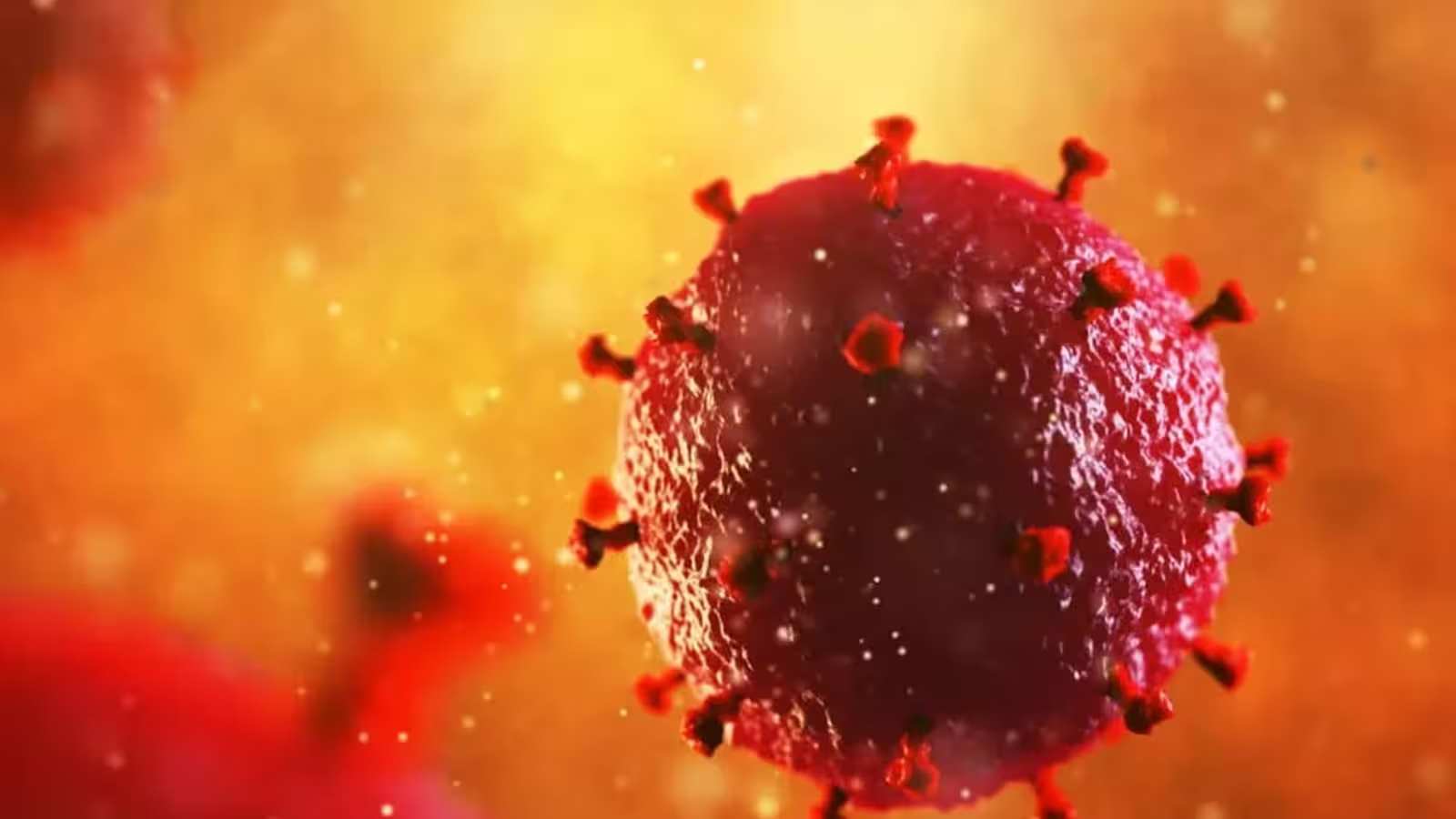3 Minutes
New mRNA Technology Offers Hope for HIV Treatment
Scientists in Australia have made significant progress toward a cure for HIV by employing cutting-edge mRNA technology. Leveraging the same messenger RNA (mRNA) platform used in COVID-19 vaccines, researchers at the Doherty Institute in Melbourne have developed a method to reveal HIV hiding within white blood cells—a critical step toward eradicating the virus.
Scientific Context: The Challenge of Latent HIV
One of the primary obstacles in the search for a definitive HIV cure is the virus’s ability to remain dormant inside specific immune cells, effectively evading existing antiretroviral drugs and the body’s own defenses. This “latent reservoir” allows HIV to persist, even after aggressive treatment, making it nearly impossible to completely eliminate the virus from an infected person.
Innovative Approach: mRNA-Driven Virus Exposure
The Australian team adapted technology from mRNA COVID-19 vaccines to target HIV at the cellular level. In their recent study, researchers engineered a novel lipid nanoparticle, called LNP X, capable of delivering mRNA precisely to the white blood cells where HIV can hide. Once inside the cell, the mRNA instructs the cell to expose latent HIV, rendering the virus visible and vulnerable to targeted therapies.
According to findings published in the journal Nature, this is the first time such a delivery has been effectively accomplished in the relevant population of white blood cells. Dr. Jennifer McGuire, lead scientist of the study, noted, “By making hidden HIV visible to the immune system and therapeutic agents, we move closer to eliminating the virus completely.”
Early Results and Future Prospects
Initial laboratory results using blood samples from HIV-positive patients are promising. However, researchers emphasize that further studies in animal models and eventually human clinical trials are required—steps that may take several years to complete. Despite the early stage, experts view this achievement as one of the most promising advances in HIV research to date.
Independent specialists have described the technique as potentially transformative for HIV treatment. Nonetheless, they caution that exposing the virus alone may not be sufficient for total eradication, highlighting the future need for combination strategies that pair mRNA technology with existing or new therapies.
Conclusion
The use of mRNA to reveal latent HIV marks an exciting new chapter in the fight against the virus. While more research and clinical testing are essential, this innovation offers real hope for developing a functional cure for HIV and underscores the expanding potential of mRNA technologies in treating complex viral diseases.
Source: nature



Comments